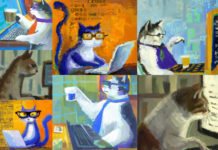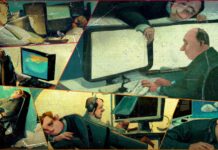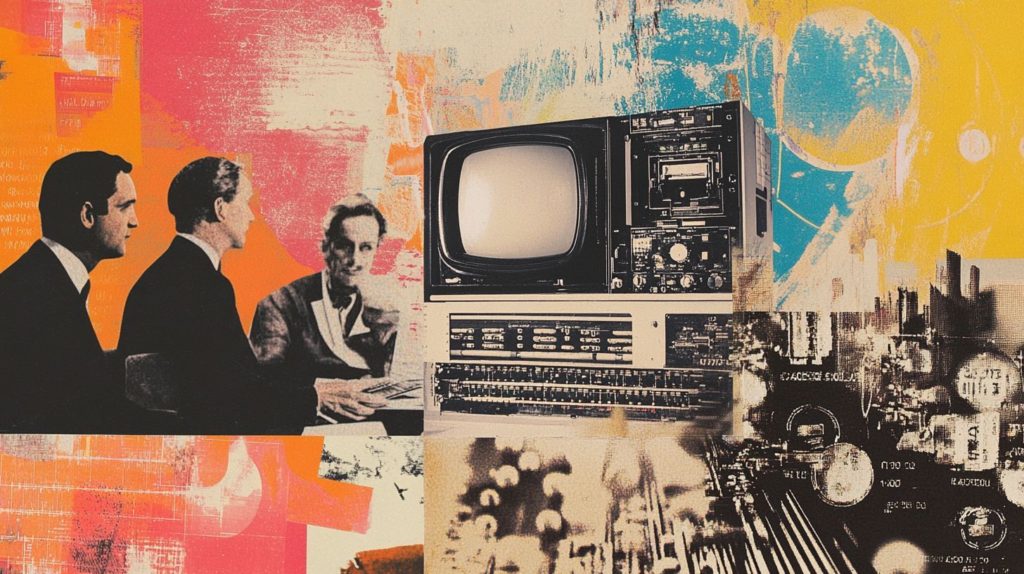HFS+: Apple’s Case-Insensitive Insanity
Apple’s HFS+ filesystem (1998) was case-insensitive, yet weirdly case-preserving. Files "file.txt" and "FILE.TXT" co-exist strangely, causing confusion to anyone transferring code from Linux. Finally replaced by APFS, but legacy Mac users still stumble over case-insensitive hurdles like drunken programmers.
Read MoreISO 9660: 8-Level Directory Depth Pain
ISO 9660 (1988) CD-ROM filesystem only allowed eight nested directory levels. Why? Who knows. Need deeper hierarchy? Tough luck. Later extensions (Rock Ridge, Joliet) relaxed rules, but burning CDs or mounting old ISO images occasionally resurrects archaic directory-depth demons. ISO9660: a filesystem fossilized in amber—painfully limited, eternally annoying.
Read MoreAPL: Write-Only Programming
Ken Iverson’s APL (1962) famously used strange Greek-inspired symbols, creating incredibly terse and dense code. A single line could do the work of hundreds in other languages. Problem: readability approached zero. APL became legendary as a “write-only language”: easy to write, impossible to decipher later. Maintenance programmers, meet your nightmares.
Read MoreRS-232 Serial Ports: Haunted by Baud Rates
Serial RS-232 interfaces (1960s) used "baud rates"—speeds based on telegraph signaling rates. Today, baud rates persist in modern serial comms for embedded hardware and network devices. Sysadmins debugging routers and switches still mutter about "9600,8,N,1," remnants of a telegraphy standard long abandoned by everyone sane.
Read MoreSendmail: Lovable Spaghetti from Hell
Created in the early 1980s by Eric Allman at UC Berkeley, sendmail quickly dominated email delivery despite its byzantine configuration language and legendary tendency toward gaping security holes. Administrators lovingly referred to its config files as "line noise," while its source code was often compared unfavorably to an explosion in...
Read MoreWho Pays for Cybercrime
There needs to be accountability extending beyond purely contractual disputes for producing subpar code due to cost-cutting measures. Taxpayers are shouldering the bill for the cleanup and must have legal recourse.
Read More
























